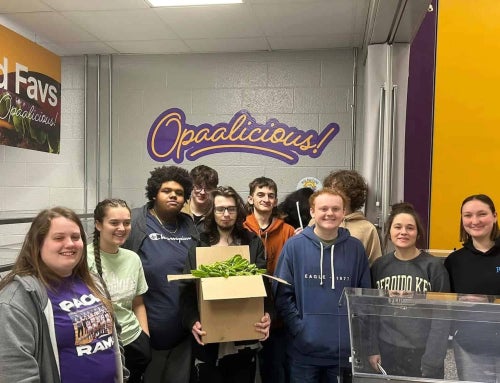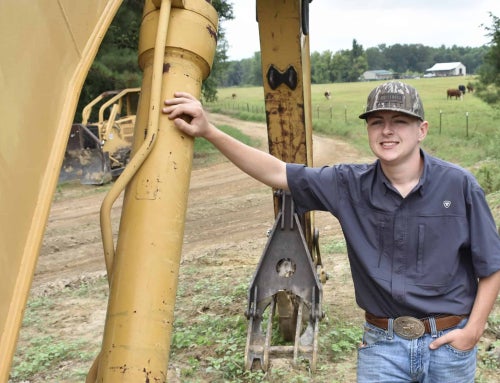As the 98th National FFA Convention & Expo kicks off in downtown Indianapolis to celebrate the development and achievements of the National FFA Organizations and its members, let’s also honor another agricultural education organization that reached a historic milestone this year.
The New Farmers of America (NFA), which celebrates its 90th anniversary in 2025, was created in 1935 to provide African-American boys with vocational agriculture opportunities. Similar to FFA, the student-led organization promoted leadership and practical skill development in the agricultural sciences.
After high school, many members attended college and decided to major in agriculture thanks, in part, to their NFA experiences. The organization’s legacy continues to live on today.
Finding a Way Forward
For Antoine Alston, a professor and dean of academic studies at North Carolina A&T State University in Greensboro, agricultural education is a huge part of his story.
“You could say it was right in front of me every day,” says Alston, who recently co-authored The Legacy of the New Farmers of America, which shares the history of NFA through images, documents, testimonials and more. “I grew up on a small farm in eastern North Carolina, in a little town called Rocky Mountain. My father was my agriculture teacher. My maternal grandfather, who also was an agriculture major, was an NFA member.”
At its height, NFA boasted 58,000 members who were part of 1,004 chapters that spanned much of the country.
“[NFA] existed from 1935 to 1965,” Alston says. “It ended when President Johnson signed the Civil Rights Act of 1964, which mandated that all public school entities had to merge.”
Consequently, NFA merged with the Future Farmers of America (now known as the National FFA Organization) in 1965, and its chapters dissolved — losing not only traditions, but oftentimes leaders, too. Alston says this merger’s implications can still be felt today in agricultural education.
“In many cases, the African-American agriculture teacher ended up losing their job,” he says. “If they didn’t lose their job, once they retired, that position was not filled. But the most devastating thing was that the enrollment of African-American youth in agriculture dramatically declined for several reasons.”
Although this was devastating, Alston says we can make progress today by honoring the legacy of NFA and encouraging all people to get involved in agricultural education.
“It is imperative, from a national security perspective, that we have all sectors of society involved in this thing we call agriculture, food and environmental science,” he says. “To maintain a competitive agricultural workforce, we must have people from all sectors of our society represented there. It’s also important for all people to understand, from all segments of society, where their food comes from. And that’s why agricultural education is so important: to promote agricultural literacy and work.”
The Legacy of the New Farmers of America can be found online by visiting Arcadia Publishing’s website, or local Barnes and Noble locations.











